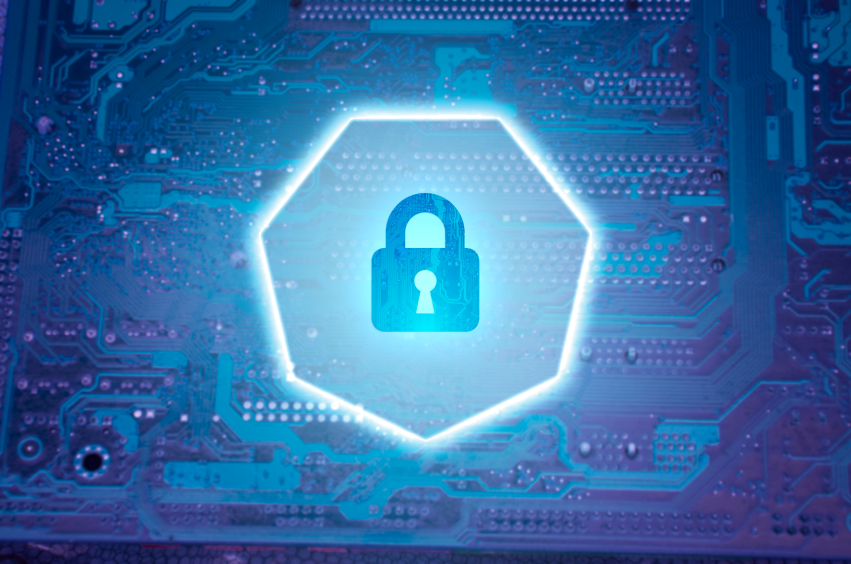 |
We at BLR had a chance recently to ask Katy Dillman, Development & Outreach Librarian, at the local Blackstone Library in Branford, CT, about their computer security systems. Specifically, we sought to learn how they balance the need for freedom of use and as few restrictions as possible with the need to protect the computer systems as well as the information of those who use those computers.
Many businesses involve networks of computers that exist on several levels. The first is the basic employee computer, which needs to be fairly open and easy to use and integrate with the business’ software and data. At the same time, those computers need to be secure. There is also often a second network of computers used by administrators and IT that are not available to the average employee but contain much more sensitive information. A public library mirrors the office in that it has a primary network of public computers and a secondary network of administrative users.
To get an idea about the security concerns of a medium-sized library, we asked a few questions, including how many public terminals the library has. Dillman answered that Blackstone has 12 public computers for adults, 8 public computers for kids, and “14 ‘MakerLab’ laptops that we use in programs” and classes. These laptops will soon be available for “in-house borrowing.” That means 34 computers are constantly being used by the public.
Leaning towards BYOD policy at your workplace? The first step is to get IT involved. Check out this article, BYOD and Employee Habits—Employer Concerns.
How many people use these computers daily? According to Dillman, an average of 93 people use the adult computers every day. “That’s 7–8 people, per computer, per day” said Dillman. She also noted that while the children’s computers are not tracked the same way the adult ones are, they still get “plenty of use!”
The idea of such heavily trafficked computers all open to anyone who enters the library should make any computer security expert concerned. Surely there must be heavy, built-in limitations to avoid security breaches. One of the most interesting things about Blackstone’s system is how free from restrictions the Internet access it provides is. Dillman states, “We do not use any kind of filtering software on our computers to restrict Internet access.”
The reason for this lack of restriction rests in Blackstone’s policy, which follows in part:
The James Blackstone Memorial Library offers free Internet access to the public through networked and wireless devices. The Internet allows access to ideas, information and commentary from around the world and is an unregulated medium. It offers access to material that may be personally, professionally, and culturally enriching to individuals of all ages, while also enabling access to material that may be offensive, disturbing, and/or illegal, inaccurate or incomplete.
There are a lot of ups and downs when it comes to a BYOD policy. Read this article to learn what they are, as well as some best practices.
With at least a hundred users a day using as many as 34 computers with unlimited access to the Internet, there must be something in place to protect those computers. When asked how important computer security was to Blackstone, Dillman answered, “The security of our public terminals is a priority.” She added, “With such heavy usage as we experience, the chances of a virus or other malware being downloaded is high.” Not only would infected computers require maintenance, but it would also mean fewer terminals for the public to use.
Just how do they balance the need for public computers with the need for security? Dillman answered that as a general rule “Making computer stations freely available to the public is our top priority, but to do so, they must be secure against viruses and malware. We have access to IT professionals through our participation in a library consortium who help us maintain the security of our computers in such a way that protects the operating systems but does not limit access to software and the Internet that users need.”
IT professionals and HR managers alike—breathe a sigh of relief. Of course Blackstone uses a number of methods to ensure the safety of their computers. And their system works very well for them, despite providing such freedom to their users. Any company with constant computer access can learn from these methods and adapt them to their own unique situations.
Tomorrow we’ll learn just how Blackstone keeps its library computers secure, plus an introduction to an article about BYOD as well as BLR’s latest publication: the IT Daily Advisor.
